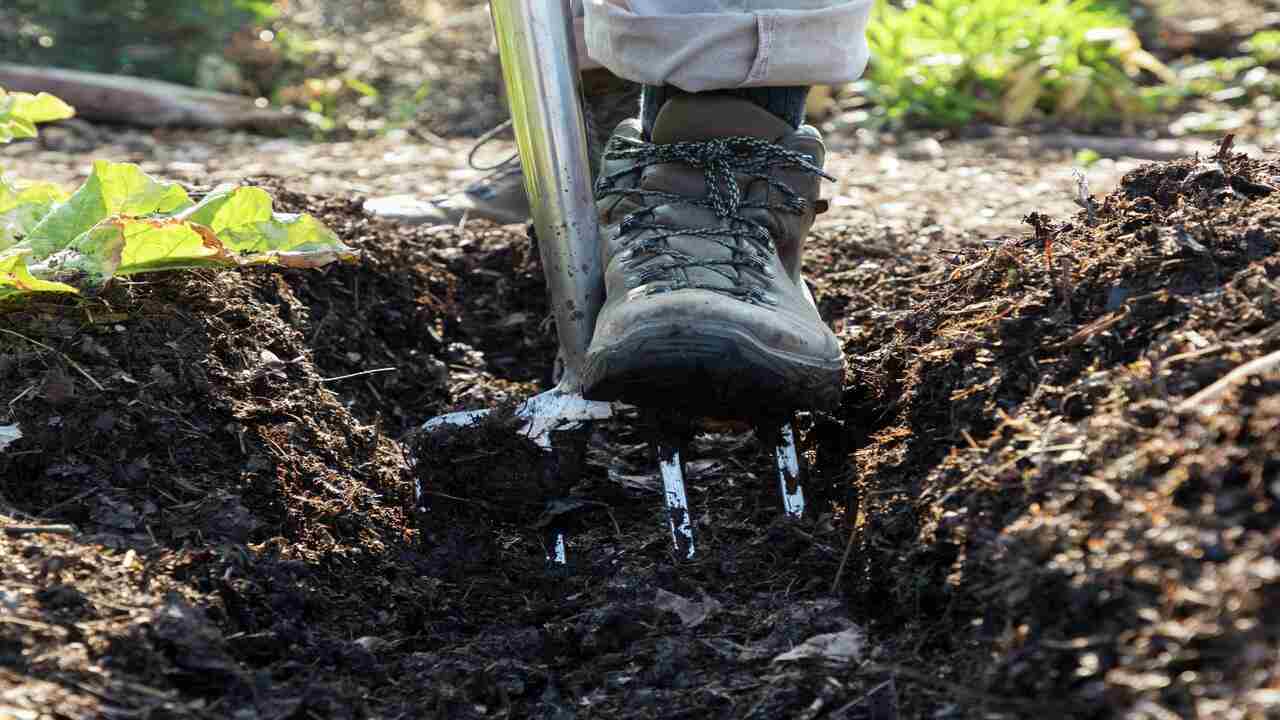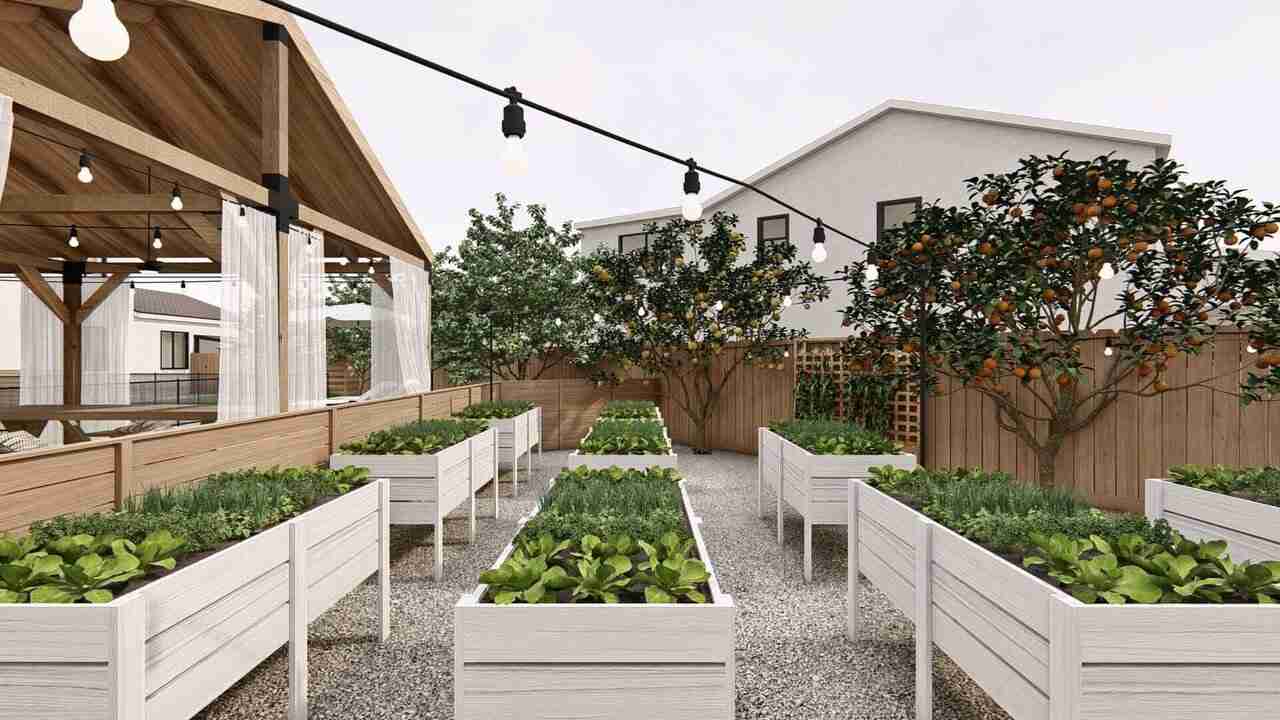Welcome to Liberty Township! If you’re dealing with clay soil in your landscape, you’re not alone. Many homeowners in our area face this challenge, but fear not! Liberty Heritage Nursery Farm is here to help you navigate through it. Clay soil can be dense and difficult to work with, but with the right strategies, you can turn it into a fertile ground for beautiful gardens and healthy plants. In this guide, we’ll explore practical tips, expert advice, and innovative solutions to make the most out of your clay soil and create a thriving landscape you’ll love.
Understanding Clay Soil
First things first, let’s talk about what exactly clay soil is and why it’s both a blessing and a curse for gardeners. Clay soil is characterized by its fine particles, which are tightly packed together, resulting in a dense and heavy texture. This density means that clay soil has excellent water retention properties, which can be beneficial during dry spells. However, it also means that water drainage is poor, leading to waterlogging and potential root rot if not properly managed.
One of the key challenges of clay soil is its tendency to become compacted, especially in high-traffic areas or areas with heavy machinery or foot traffic. This compaction reduces the soil’s ability to absorb water and nutrients, hampers root growth, and makes it harder for plants to thrive. Additionally, clay soil can be slow to warm up in the spring and may become hard and dry in the summer, making it challenging for plants to establish and grow.
Despite these challenges, clay soil also has its advantages. It is typically nutrient-rich, containing essential minerals and nutrients that plants need to grow and flourish. With the right approach and techniques, clay soil can be transformed into a fertile and productive medium for gardening and landscaping.
Assessing Your Soil
Before diving into specific strategies for dealing with clay soil, it’s important to assess the current state of your soil. Conducting a soil test can provide valuable insights into the pH level, nutrient content, and texture of your clay soil, allowing you to make informed decisions about amendments and treatments.
You can perform a basic soil test using a home testing kit or send a sample to a professional laboratory for a comprehensive analysis. The results of the soil test will guide you in determining the appropriate amendments and adjustments needed to improve your clay soil and create an optimal growing environment for your plants.
Improving Clay Soil Structure

One of the primary goals when dealing with clay soil is to improve its structure and texture to promote better drainage, root growth, and overall plant health. Here are some effective strategies for improving clay soil structure:
Organic Matter:
Incorporating organic matter such as compost, aged manure, leaf mold, or peat moss into the soil can work wonders for clay soil. Organic matter helps loosen compacted soil, improve drainage, and enhance nutrient retention. Aim to add a generous layer of organic matter to your soil and incorporate it thoroughly using a garden fork or tiller.
Gypsum:
Gypsum is a soil amendment that can help break up clay particles and improve soil structure. It works by displacing sodium ions in the soil, reducing soil compaction, and allowing for better water infiltration. Apply gypsum according to the manufacturer’s instructions, typically spreading it evenly over the soil surface and watering it in.
Mulching:
Mulching your garden beds with organic mulch such as wood chips, straw, or shredded leaves helps regulate soil moisture, prevent erosion, and gradually improve soil structure over time as the mulch breaks down. Mulch also provides insulation, keeping soil temperatures more consistent and protecting plant roots.
Selecting Suitable Plants
When selecting plants for your Liberty Township landscape, consider the unique characteristics of clay soil. Choose moisture-loving plants such as astilbe and hosta, or opt for drought-tolerant options like sedum and ornamental grasses. Consulting with landscaping experts can guide you in choosing plants that thrive in clay soil conditions, ensuring a beautiful and sustainable garden that enhances the natural beauty of Liberty Township.
Native Plants:
Incorporating native plants into your hardscape design in Liberty Township is a sustainable approach. Choose native plants like asters and milkweeds to add color and support local wildlife. Integrate them into your hardscape design through planters, borders, or naturalistic arrangements, blending the beauty of native flora with the structural elements of your landscape.
Drought-Tolerant Plants:
Conversely, selecting drought-tolerant plants can help mitigate clay soil’s tendency to become dry and hard during summer months. Consider plants like sedum, lavender, yarrow, and ornamental grasses that can withstand periods of drought once established.
Deep-Rooted Plants:
Deep-rooted plants, such as prairie dock and butterfly bush, are excellent choices for clay soil as they can penetrate through compacted layers, accessing moisture and nutrients deep within the ground. Landscaping services often recommend these plants for their ability to improve soil structure, reduce erosion, and enhance the overall health and resilience of your garden or landscape.
Amending Clay Soil for Planting
When preparing your garden beds for planting in clay soil, follow these steps to create an optimal growing environment for your plants:
Adding Amendments:
Incorporate organic matter, gypsum, and other soil amendments based on your soil test results. Mix the amendments thoroughly into the soil to improve its structure, fertility, and drainage.
Raising Beds:

Raising beds is a strategic approach to dealing with clay soil, offering better drainage and soil aeration. Hardscaping services can assist in constructing raised beds using durable materials like stone or timber, ensuring longevity and aesthetic appeal. This method not only improves plant health but also adds dimension and visual interest to your garden or landscape design.
Mulching and Watering:
Apply a layer of organic mulch to the soil surface after planting to conserve moisture, suppress weeds, and protect plant roots. Water newly planted beds deeply and regularly to help plants establish healthy root systems.
Maintaining Your Clay Soil Garden
Once you’ve planted your garden in clay soil, ongoing maintenance is key to ensuring its long-term success and productivity. Here are some maintenance tips to keep your clay soil garden thriving:
Watering: Monitor soil moisture levels regularly and water deeply as needed, especially during dry periods. Clay soil retains moisture well but can also become waterlogged, so aim for a balance to avoid root rot or drought stress.
Fertilizing:
Supplement soil nutrients as needed based on soil test recommendations and plant nutrient requirements. Use organic fertilizers or compost teas to provide a steady supply of nutrients without overloading the soil.
FAQs
How do you deal with clay in soil?
To deal with clay soil, start by incorporating organic matter such as compost or aged manure to improve soil structure and drainage. Avoid working clay soil when it’s too wet to prevent compaction, which hinders root growth and water infiltration. Consider using raised beds or planting moisture-loving and deep-rooted plants that thrive in clay soil conditions.
How do you remove clay from soil?
Removing clay from soil can be challenging but can be done by adding amendments like gypsum to break up clay particles and improve soil structure. Another method is to physically remove the top layer of clay-rich soil and replace it with a mixture of topsoil and compost for better drainage and fertility. Regularly incorporating organic matter and practicing proper soil management techniques can also gradually reduce clay content over time.
How do you improve soil drainage in clay soil?
Improving soil drainage in clay soil involves incorporating organic matter such as compost or aged manure to break up dense clay particles and improve soil structure. Adding amendments like gypsum can also help by enhancing water infiltration and reducing compaction. Additionally, creating raised beds or planting in mounded areas can improve drainage and prevent waterlogging in clay soil.
Which plant grows best in clay soil?
Several plants thrive in clay soil due to their ability to tolerate its unique characteristics. Some examples include daylilies, astilbe, and coneflowers, which are known for their resilience and adaptability to clay soil conditions. These plants can thrive in moist to moderately dry clay soil and add beauty to your garden while requiring minimal maintenance.
What is clay soil weakness?
Clay soil has several weaknesses, including poor drainage due to its dense and compact nature, which can lead to waterlogging and root suffocation in plants. It also tends to become hard and difficult to work with when dry, making it challenging for roots to penetrate and plants to establish themselves. Additionally, clay soil can be prone to nutrient imbalances and compaction, affecting overall plant health and growth.
Conclusion
In conclusion, dealing with clay soil in your Liberty Township landscape may present challenges, but it’s also an opportunity to create a thriving and resilient garden. By understanding clay soil’s properties, improving its structure with organic amendments, selecting suitable plants, and maintaining proper care, you can transform clay soil into a fertile and productive growing medium. With patience, diligence, and the right strategies, you’ll be able to enjoy a beautiful and flourishing landscape that reflects the unique charm of Liberty Township. Happy gardening!
